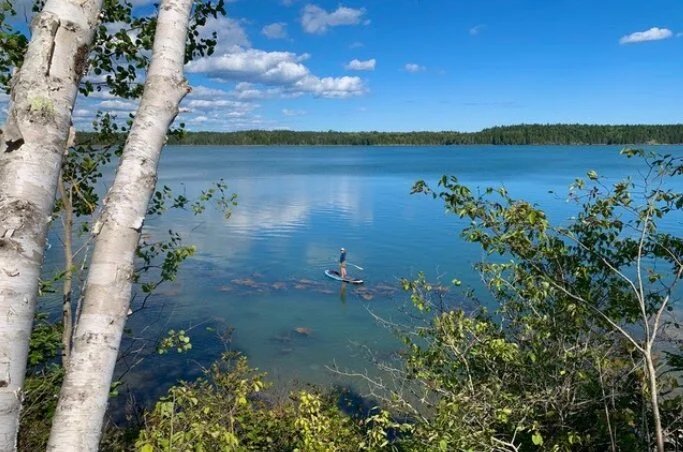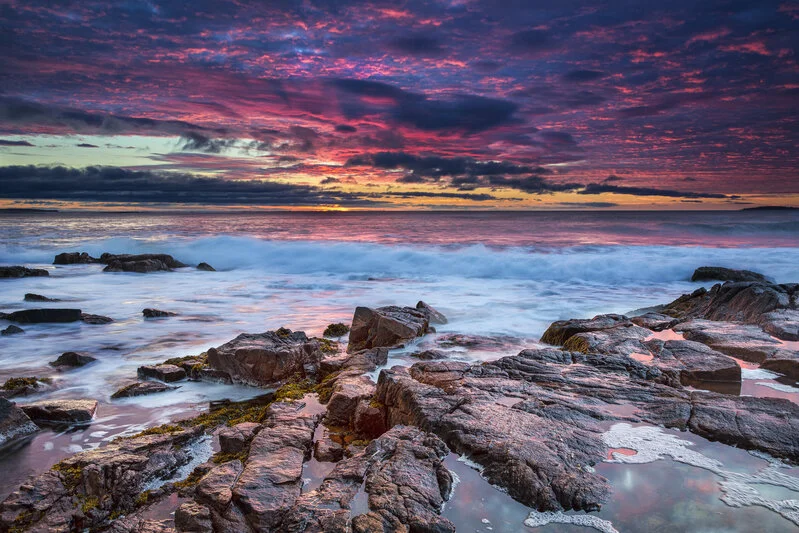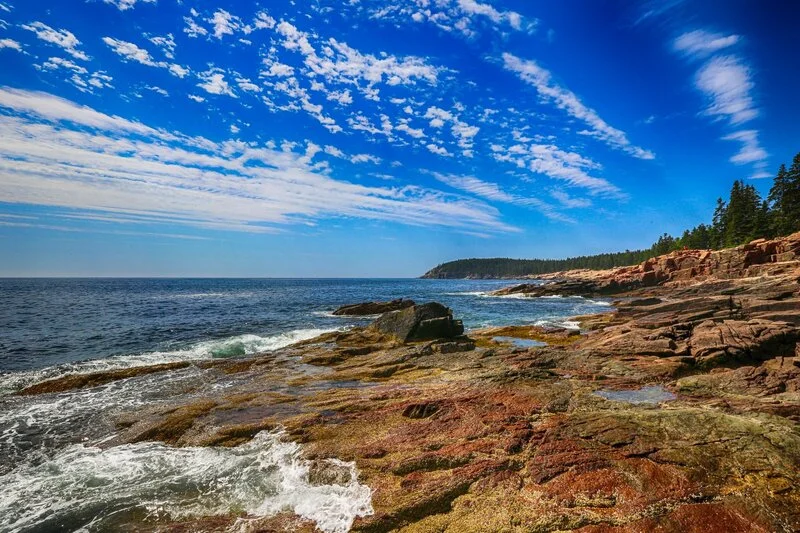We've done a lot of research. We talked with many campers for years to get their perspective on camping, which is why the design of our campground is from the customer's point of view.
Most campgrounds we've seen... They decide to put in as many RVs in the space they have possible, which is very similar to a sardine can. We did not want that. That is not what any customer would tell you what they want.
If you ask campers, they would say they want elbow room. We went about determining what elbow room meant. The result is that sites average about 75 feet long and 45 feet wide, which is roughly between 25% to 50% bigger than the norm.
As campers who remotely work or homeschool while traveling, we found that the vast majority of campgrounds advertise free Wi-Fi; however, the free Wi-Fi doesn't work because they don't have enough bandwidth for everybody to use it simultaneously.. Campers know this, and they're all frustrated by it (even more so because of COVID-19 constraints).
We've set about becoming the first place in our area to have fiber optics for our Wi-Fi and broadband. We have three levels of speed. Our Wi-Fi that's free is at least twice the speed of the norm of most campgrounds, especially in Maine.
The top speed of Wi-Fi is the business class broadband, so you can have a world-wide Zoom conference, play games on the internet with thousands of other players, stream movies... doesn't matter what you want to do, you can do it at our place.
We wanted to blend immersion with nature without unplugging from the internet. We did some experimentation with our first few campers who stayed and gave feedback. One of our campers looked high and low for broadband capability because he is an executive with a large company in Silicon Valley, California, and his family home schools their four kids.
Another characteristic of other sites we observed and hated: a large portion of campsites assume that campers are either going to have a pull-behind trailer or a Class A RV. If you book a pull-through site and you have a Class A RV, generally you pull that RV all the way to the front of the site since that's where the sewer hookup is for both the site and your RV. Otherwise, you'd have to have 40 feet of pipe.
If you have a pull-behind trailer, your sewer hookup needs to be at the back of the site, as that's where the hookup is for the trailer. We said, ‘That's crazy,' so we installed two sewer hookups. When customers book, they need to know where they can connect their sewer line. We don't have a dump station or honey wagon.
Most people don't think about drinking water. They just assume the water would taste good or be safe at a campground; they're wrong. That's not how that works. All you gotta do is hold that glass of water up to the light, and you'll see that it's not clear. I like my water to be without things in it, unless I'm putting my own stuff in it.
Our 400-foot well has clear, pure water that does not require any purification; our water passes all of the state inspection tests without any extra work. Additionally, the water comes out at top pressure, similar to the kind of pressure in your home.
We also feel strongly about the geography we're in. Our campground is in an economically depressed area, so we do our best to contribute to the local economy.
Most people here are fishermen or artisans who work with glass, metal, stone or wood. We want to support them, so our website talks about this to help bring them business. People who come to Maine don't necessarily know that Maine is rich with artisans. Our job is to see if we can introduce them.
We're trying to make sure the footprint we develop is one that is going to make people feel good and improve their lives. If you provide people with a phenomenal experience that's memorable, they'll come back, and you'll still make money.



